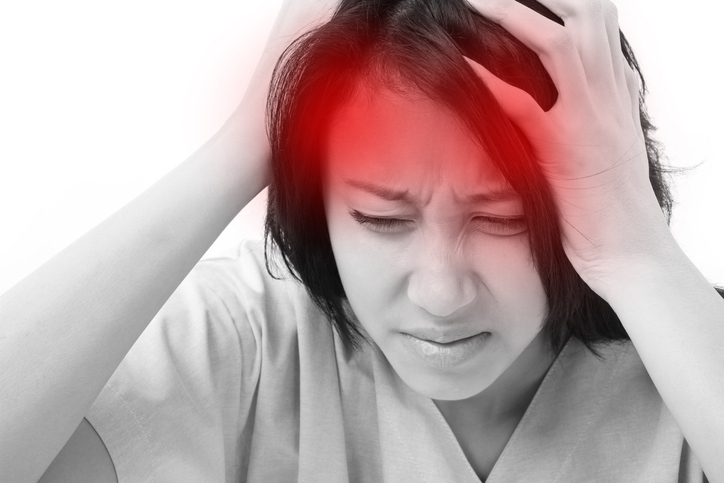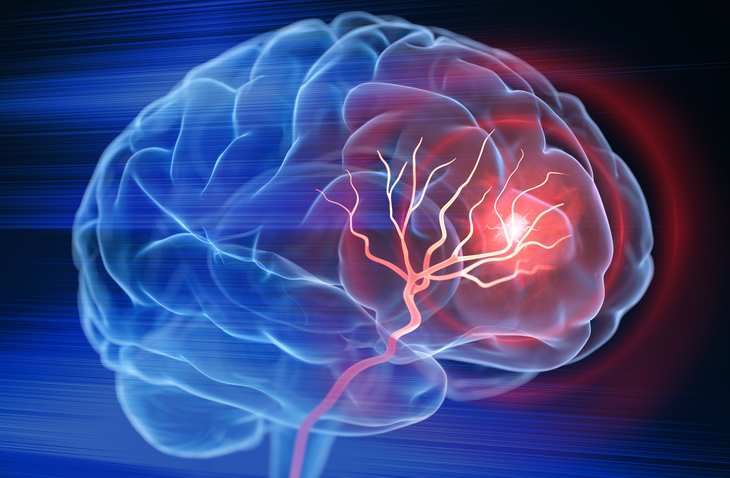
According to a new study published in Parkinsonism & Related Disorders, the use of caloric vestibular stimulation (CVS), or ear canal stimulation, may hold the key to reducing Parkinson’s Disease symptoms.
In this study, researchers recruited 33 PD patients who were on anti-Parkinsonian therapy to receive either ear canal therapy (n=16) or a placebo (n=17). Individuals were eligible for study inclusion if they met diagnostic criteria set forth by the UK Parkinson’s Disease Society Brain Bank and experienced limitations in their daily activities. Exclusion criteria was stipulated as any patient with prior exposure to neurostimulation and/or known inner ear pathology. Participants in the therapy arm self-administered CVS at their homes twice daily using a portable, pre-programmed, solid-state Thermo Neuro Modulation (TNM™) device, which used varying degrees of stimulation through a mounted headset. Subsequently, the participants were tracked over a four-week baseline period, and eight-weeks of treatment, followed evaluation at 5- and 24-weeks post-treatment. Each study visit comprised standard clinical assessments that were conducted during the administration of medication to evaluate changes in motor function.
Study led by @KentPsychology shows stimulation of the ear can help manage Parkinson’s symptoms. https://t.co/HMkz5a54Zu
— University of Kent (@UniKent) July 24, 2019
According to the findings of this study, scores between baseline and the end of treatment suggest that the active-therapy participants exhibited reductions in motor and non-motor symptoms that were considered clinically relevant when compared to placebo-arm subjects. The study also indicated that CVS treatment was associated with enhanced activity scores with respect to daily living assessments. Moreover, therapeutic gains were found still evident five weeks following the end of active treatment but subsided at 24 weeks follow-up. No serious adverse events were associated with device use, and there was high participant satisfaction and tolerability of treatment.
A Viable PD Therapy
“The successful concealment of allocation in this study provides good reason to suggest that the clinical improvements were driven by more than just a placebo response,” the study authors wrote in discussing their findings. “Rather, the highly similar trajectory of response curves in the active group from week 0 to week 36 across several independent measures of both motor and non-motor function support the likelihood that efficacy is driven by a genuine physiological mechanism of action which, given the durability of effect, may involve long-term plastic change CVS is known to activate a variety of ascending cortical and subcortical pathways implicated in PD symptomology. Its means of induction sets it apart from all known pharmacological and other neuro-modulatory procedures which are non-endogenous in nature and chemically/anatomically localized. Coupled with the diffuse clinical effects reported here, these characteristics speak to domain-general mechanisms of action such as those associated with cortical entrainment and neurovascular coupling which help to synchronize neural activity.”
The authors added that “future studies will seek to further elucidate these mechanisms in parallel with larger-scale clinical evaluation.”
Study shows #stimulation of the ear can help manage #Parkinson's symptoms @unikent https://t.co/4khRcrm3WD
— Medical Xpress (@medical_xpress) July 24, 2019
#Stayinformed #Science Study shows #stimulation of the ear can help manage #Parkinson's symptoms @unikent https://t.co/mhRqEGv41z via – @medical_xpress Originally Tweeted by https://t.co/j6fvpb7uny#Science, #Stayinformed https://t.co/PBLxsVRdk3
— ESIST.S:cience (@EsistScience) July 24, 2019







 © 2025 Mashup Media, LLC, a Formedics Property. All Rights Reserved.
© 2025 Mashup Media, LLC, a Formedics Property. All Rights Reserved.